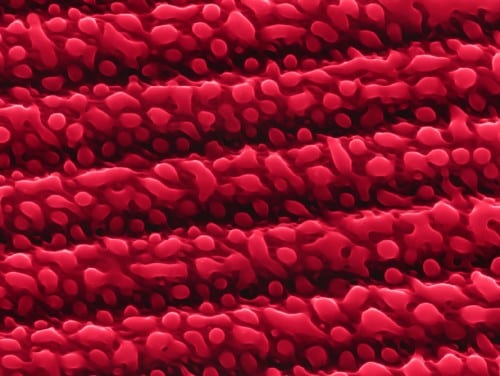This feature of the complex system is self-organization, and it is evident at different levels in nature: from the organization of cells within a tissue (for example, during the formation of an embryo), through the functioning of the immune system and the formation of bacterial colonies, to complex social behavior, within a species or between different species

By: Maya Givon
Imagine a busy beehive, or an anthill. Thousands of individuals are busy at any given moment with various tasks: cleaning the nest, collecting food, protecting the nest, feeding the offspring and more. If suddenly an abundant food source is found near the nest, more female workers will take care of collecting food at the expense of performing other tasks, without receiving orders from any leader or an omniscient "control room".
This feature of the complex system is self-organization, and it is evident at different levels in nature: from the organization of cells within a tissue (for example, during the formation of an embryo), through the functioning of the immune system and the formation of bacterial colonies, to complex social behavior, within a species or between different species in an ecosystem. The self-organization ability includes self-configuration management, self-optimization ability as well as self-repair/healing ability.
Artificial intelligence systems and human communication systems have been developed in an accelerated manner in recent years, reaching increasing levels of complexity. Despite this, these systems do not come close in their level of functioning to the complexity, heterogeneity and dynamism that characterize complex systems in nature. Furthermore, there is no set of tools or principles for developing such complex communication networks, which could improve their efficiency and functioning.
The journal Science China recently published an article, the result of the work of a team of researchers from the Institute of Advanced Network Technology at the University of Science and Technology in Beijing, entitled "On the design principles and optimization approaches for self-organized networks (originally: SOL: Self Organized Networks) inspired by nature". The research team looks for operating principles and common characteristics that explain the high functioning of systems in nature, and tries to define through them principles for designing advanced human networks.
By studying the most essential and fundamental properties, commonly observed in different natural strains, four shared mechanisms are now investigated in this study, which include (1) the tendency to reunite the fragmented sub-networks (TRUS), (2) the consistency of task-focused functioning ( CTOF), (3) the replaceable roles (RR), and (3) the cohesion-promoting tendency of individual-homology spontaneity and group-harmony (C-TSIG).
The four basic mechanisms proposed here are essential for network design and deployment, and provide the basic principles for designing artificial systems from a macroscopic perspective. In addition, intelligent algorithms, inspired by the less fundamental properties observed in certain strains, can also be applied to optimize the performance of artificial systems in terms of networking, operation, maintenance, optimization, etc., from a microscopic point of view.

3 תגובות
Nte
These are probably mathematical principles (as finger tools in the field of computer science). It is likely that they were well defined by the researchers (at least at the level of detail of rules of thumb for building computer systems). As an example: the internet network was built in such a way that if a certain part of it goes wrong, it organizes quite automatically into a network with new connections that bypass the faulty part; In other words, the Internet fulfills one of the 4 principles mentioned.
You are right that lay people, who are not used to abstract mathematical models, cannot intuitively understand what these principles mean. Such an article becomes meaningless if you condense it into one page. A satisfactory article should be, say, at least 10 paragraphs.
The four principles are not clear at all. Seems like a bunch of poorly defined concepts in the article and makes it unsuitable for lay people (who are most readers of popular science)
You should read Norbert Wiener's book "People and Machine Minds" published by Sefrit Hapoalim 1964